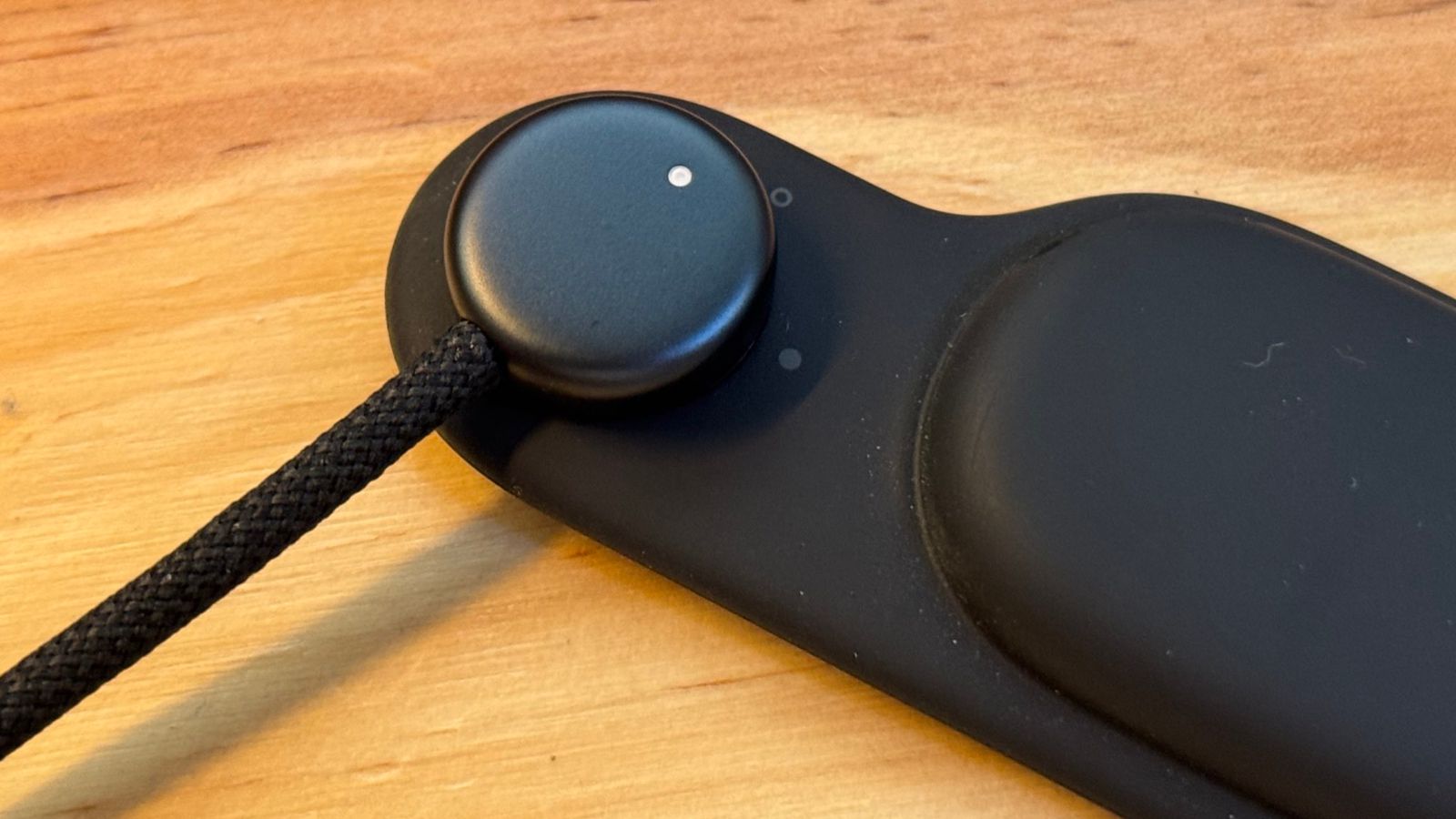When TIME Magazine unveiled its list of the 300 Best Inventions of 2025, it offered a snapshot of what the future might look like, from smart health tech to clever household gadgets.Among the flying taxis and AI assistants were a few standouts from the 3D printing realm.For those of us who follow additive manufacturing (AM), it’s always exciting (and sometimes surprising) to see which technologies make it into mainstream spotlights like TIME’s.
But after reading through the complete list, one question kept coming up: Which inventions flew under the radar? How TIME Picks Its “Best Inventions” According to TIME’s editors, the 2025 list was built on four pillars: originality, efficacy, ambition, and impact.The team reviewed hundreds of nominations from companies and readers, then selected products that felt both groundbreaking and practical.As they put it in their own guide, they looked for inventions that “move the needle,” whether through bold engineering or a clear, real-world benefit.
That means prototypes and early-stage ideas can make it in, as long as they show real potential to change how we live or work.Who Made It in 3D Printing Here’s a quick rundown of the 3D printing-related entries that made TIME’s cut this year: EufyMake E1 UV Printer Dubbed “the first personal UV printer,” the EufyMake E1 raised nearly $47 million on Kickstarter, one of the biggest crowdfunding campaigns in history.It shrinks an industrial process called UV texturing (which uses ultraviolet light to cure special ink and create raised, tactile surfaces) into a compact desktop device.
The E1 can print textured designs on metal, wood, glass, and more, opening the door for small businesses, artists, and hobbyists to personalize everyday products.The real breakthrough here isn’t the printing itself; it’s taking a once-industrial surface process —a niche process, really— and turning it, or rather “miniaturizing it,” into a tool anyone can own.Up until now, UV texturing machines lived in signage shops and manufacturing floors because the machines were massive, expensive, and, let’s not forget, messy.
What EufyMake did is take that workflow and put it into a plug-and-play desktop box that can print full-color, durable graphics on nearly any surface.So, turning an industrial process into something anyone can use, there’s definitely a story there.EufyMake UV printer E1.
Image courtesy of EufyMake.Bambu Lab x2 One of the most well-known names in desktop 3D printing, Bambu Lab landed not one but two spots on TIME’s 2025 list.In the Manufacturing & Materials category, the company was recognized for its H2D printer, a full “desktop fabrication factory” that combines dual nozzles, AI-assisted cameras, smart sensors, and optional laser engraving in one sleek system.
The H2D is considered fast, precise, and pushes the boundaries of what can fit on a maker’s workbench.What really makes Bambu Lab stand out is how it brings pro-level power to everyday users.The company isn’t just improving hobby printers; it’s building machines that work like industrial ones but are as easy to use as home devices.
That mix of speed, reliability, and simple setup has made Bambu Lab the go-to name in desktop 3D printing.It’s making high-quality printing something anyone can do.Bambu Lab H2D.
Image courtesy of Bambu Lab.In the Toys & Play category, Bambu Lab showed up again with CyberBrick, a new system of modular kits that use 3D printable parts to build toys, vehicles, and robots.Users can download designs, print the parts at home, and put them together without the need for soldering, wiring, or coding.
Most 3D printing toy projects are one-offs: you download a file, print a model, and that’s it.But CyberBrick changes that; it’s a complete ecosystem, not just files.So users get modular, compatible parts that connect across projects, with electronics that work right out of the box.
And instead of isolated 3D prints, it “creates an open-ended building system,” it’s like LEGO, but for the digital era —plus you print the pieces yourself instead of buying them from a store.For anyone who’s ever tried to 3D print toys, that’s huge.It removes the trial-and-error that scares away beginners by running on Bambu’s MakerWorld platform, where ready-to-print files, smart settings, and community-tested designs make the whole process much easier.
Plus, the educational potential is massive.CyberBrick gives kids and teachers a reason to 3D print, which is super fun and easy to understand.It takes 3D printing from a technical process to a creative one.
We could say that it’s STEM disguised as fun.And, isn’t that the most powerful kind of learning tool? CyberBrick.Image courtesy of Bambu Lab.
Brinter 3D BioPrinted Tissue Perhaps the most ambitious of the bunch, Brinter is developing bioprinted tendon and ligament implants made from living cells and biomaterials.Their approach is described as using a three-layer structure, a strong polymer core surrounded by collagen that guides cell growth.The company also builds its own modular, multi-material 3D bioprinting platform, designed to scale from manual R&D setups to more automated bio-manufacturing systems.
3D BioPrinted Tissue.Image courtesy of Brinter.Headquartered in Finland, Brinter has expanded its research presence at Wake Forest University’s Institute for Regenerative Medicine (WFIRM) in North Carolina, where it collaborates with the RegenMed Hub to advance bioprinting applications.
In 2024, Brinter AM Technologies was selected by the European Space Agency to provide its Brinter Core bioprinter for a project aboard the International Space Station, exploring how tissue can form in microgravity.The company is currently testing its cell-based implants in animal studies, while its devices remain investigational and under validation.While human use is still several years away, the company’s work aims to make it possible for 3D printing to one day repair or replace living tissue, a goal that bioprinting researchers have chased for over a decade.
Azure Printed Homes Founded in California, Azure Printed Homes builds tiny houses and modular units using recycled plastic instead of concrete or clay.We’ve seen 3D printed houses made of concrete and clay before, so while 3D printed homes themselves aren’t new, Azure stands out for turning plastic waste that would otherwise end up in landfills into full-scale housing.Its process can print entire structures in just a few weeks, making it faster, lighter, and more sustainable than most current methods, and that has earned it a spot on TIME’s list.
That combination of speed, circular materials, and scalability is what makes Azure a 2025 story.It points to a growing shift in construction: moving from prototypes and one-off demo houses to real, repeatable production that could help solve both the housing crisis and the plastic waste problem.Azure’s 3D printed homes.
Image courtesy of Azure Printed Homes.Inventions That Used 3D Printing Not every invention on TIME’s 2025 list is a 3D printer, but several wouldn’t exist without one.The technology has become the backbone of prototyping, construction, and spacecraft.
Firefly Aerospace Texas-based Firefly Aerospace made headlines in March when its Blue Ghost lunar lander became the first private spacecraft to touch down successfully on the Moon.Built in collaboration with NASA, the lander carried ten scientific instruments, including a laser reflector to measure the Moon’s shape and distance from Earth.What makes Blue Ghost especially interesting for the 3D printing world is that it uses 3D printed thrusters made from niobium alloys, produced by ADDMAN’s Castheon division.
These printed parts were key to surviving the extreme heat and pressure of lunar descent.Blue Ghost Lander.Image courtesy of Firefly Aerospace.
Kind Designs Based in Miami, Kind Designs is reimagining how coastal cities fight erosion and sea-level rise.The company’s 3D printed “Living Seawalls” are made from materials that mimic coral structures, creating habitats for marine life while protecting shorelines.Each seawall panel captures carbon during production and, once installed, helps filter water, turning coastal infrastructure into living ecosystems.
Instead of building rigid barriers, the company is printing structures that support marine biodiversity and resilience.3D printing used to build seawalls that replicate coral reefs and mangroves.Image courtesy of Kind Designs.
University of Tokyo In Japan, researchers at the University of Tokyo are using 3D printing and robotics to grow real chicken meat without raising or harming animals.Led by Professor Shoji Takeuchi, the team created a nugget-sized piece of lab-grown chicken muscle several centimeters thick, one of the largest ever made.They used a 3D printed network of tiny tubes, called a hollow fiber bioreactor, to deliver nutrients and oxygen to the cells, similar to how blood vessels deliver nutrients and oxygen to cells.
The result looks, feels, and tastes like real chicken, showing how advanced manufacturing could one day make sustainable meat, and even artificial tissues for medicine, a reality.Lab-grown chicken.Image courtesy of Shoji Takeuchi, The University of Tokyo.
Overall, these picks make sense; they show how wide 3D printing has extended, from home crafts to housing to regenerative medicine.Still, each one shows a different side of what innovation looks like in 2025.For EufyMake E1, it’s all about a smart consumer move, plus the technology hits all four of TIME’s criteria.
Bambu Lab’s two wins capture the heart of today’s maker culture.As for Azure, printing houses from recycled plastic may not be brand-new, but doing it efficiently and at scale could have huge social value.And while Brinter’s 3D BioPrinted Tissue is probably the most daring entry, it’s still early — but quite promising.
Other Strong 2025 AM Candidates TIME Could Have Included (and Why) This list is strong, but a few other 3D printing ideas from 2025 could have made it too.Earlier in 2025, Snapmaker’s U1 tool-changing printer broke Kickstarter records, raising over $20 million, a title it held only until EufyMake’s E1 campaign nearly doubled that total later in the year.The U1 is the first affordable system with a four-tool-changer setup, allowing users to print multiple materials and colors with minimal waste.
If anything, it’s original, highly efficient, and accessible, exactly the mix of ambition and impact that fits TIME’s standards.In construction, COBOD made headlines with a multi-tool building robot that not only prints walls but can also switch heads to spray, sand, or insulate.That flexibility points to a real leap for automated construction.
And beyond the consumer and construction space, there are entire areas of 3D printing that could have made the TIME list.In medicine, companies like Axial3D and Restor3D are creating patient-specific implants and surgical tools that are already used in hospitals worldwide.In aerospace, firms like Ursa Major are 3D printing rocket engines that power commercial and defense launches, proving AM’s strength at the most demanding end of engineering.
The Hadley engine.Image courtesy of Ursa Major.So what do TIME’s selections say about 3D printing in 2025? Well, it’s not just about printing faster or cheaper; it’s also about making 3D creation friendly for everyone, whether that’s a hobbyist, a startup, or a lab.
If anything, TIME’s choices show that 3D printing has matured into everyday life; it’s a part of how we build, repair, and create.Whether or not you agree with every one of TIME’s picks, it’s clear that 3D printing has earned its place on the magazine’s annual invention list.Subscribe to Our Email Newsletter Stay up-to-date on all the latest news from the 3D printing industry and receive information and offers from third party vendors.
Print Services
Upload your 3D Models and get them printed quickly and efficiently.Powered by FacFox
Powered by 3D Systems
Powered by Craftcloud
Powered by Endeavor 3D
Powered by Xometry
3DPrinting Business Directory
3DPrinting Business Directory









